Fleeing, bright colorful looks, poisoning the predator, and camouflaging with the habitat are some of the common defence mechanisms in the animal kingdom. But there are many more weird ones!
The number one rule of nature is ‘survival of the fittest’. Each and every individual is literally fighting for its existence. The period from life to death brings up various instances where every species needs to defend itself. 'Flight or Fight' isn’t the only option — some species have different adaptations too.
We’ve heard about lizards shedding their tails, when caught by the tail, to get the last chance to escape. Others like salamanders, skinks, and dormice also do this, and they also grow it back later. We also know about the stinking musk that skunks spray when they’re scared, or the porcupines and hedgehogs striking predators with their thorns. But here are some lesser-known and unique defence mechanisms.

- The Texas Horned Lizard, a brown-coloured spiky lizard, has more dramatic and dangerous traits than its looks. It is perfectly camouflaged in its sandy habitat, which may make it difficult for its predator. However, if the predator finally spots its lunch, the lizard has a gory plan. It squirts a bloodstream from its eyes. The blood is mixed with a foul chemical and is well-aimed that can go as far as 5 feet! It definitely wards off the predator, but it also comes at a price. It may squirt out one-third of its total blood at once.
- The Hairy Frog, a Central African species known as the Hairy Frog, breaks its own toe bones when attacked. It pushes the broken bones, punctures its own skin, and forms sharp cat-like claws. All this so the predator is intimidated and leaves. Some researchers say that the frog has the ability to slide its bones back under the skin. We have the animal kingdom’s very own Wolverine!
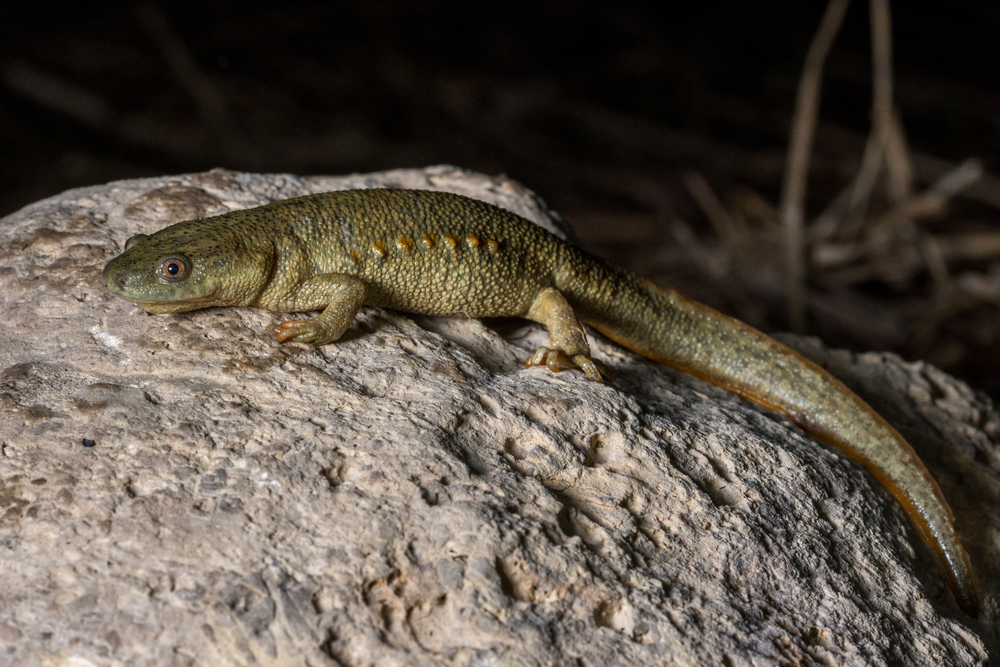
- The Spanish Ribbed Newt is another amphibian with similar traits. The newt can push its ribs out of its skin at such an angle that looks like a row of spikes on its sides. The spikes are poisonous and will puncture the predator. The best thing is that this defence mechanism doesn’t affect the newt at all.
- A termite species found in French Guiana have the ability to explode on enemies. The amusing part is that the older termites, which are no longer useful, are sent as ‘suicide bombers’ to defend others. These bugs have toxic crystals produced by abdominal glands. The crystals can produce a toxic liquid when mixed with salivary glands of the predator. The liquid may paralyze the predator or even kill it.
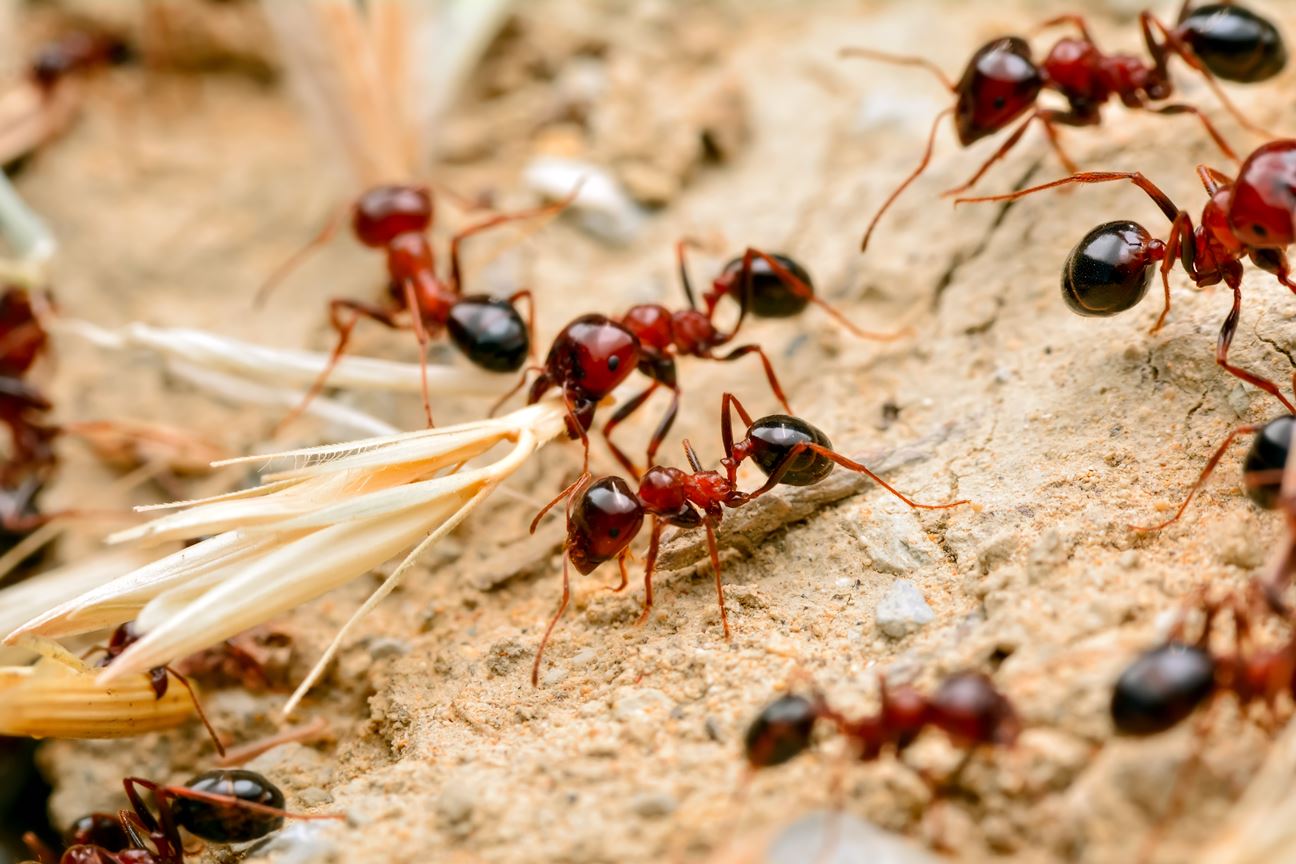
- Talking about exploding of anger, the Malaysian Ant also has a similar feature. It contracts its abdominal muscles to cause its large poison glands to burst and injure the enemy. The sad part is that it will kill itself, but these are acts where they heroically die to defend their colony.
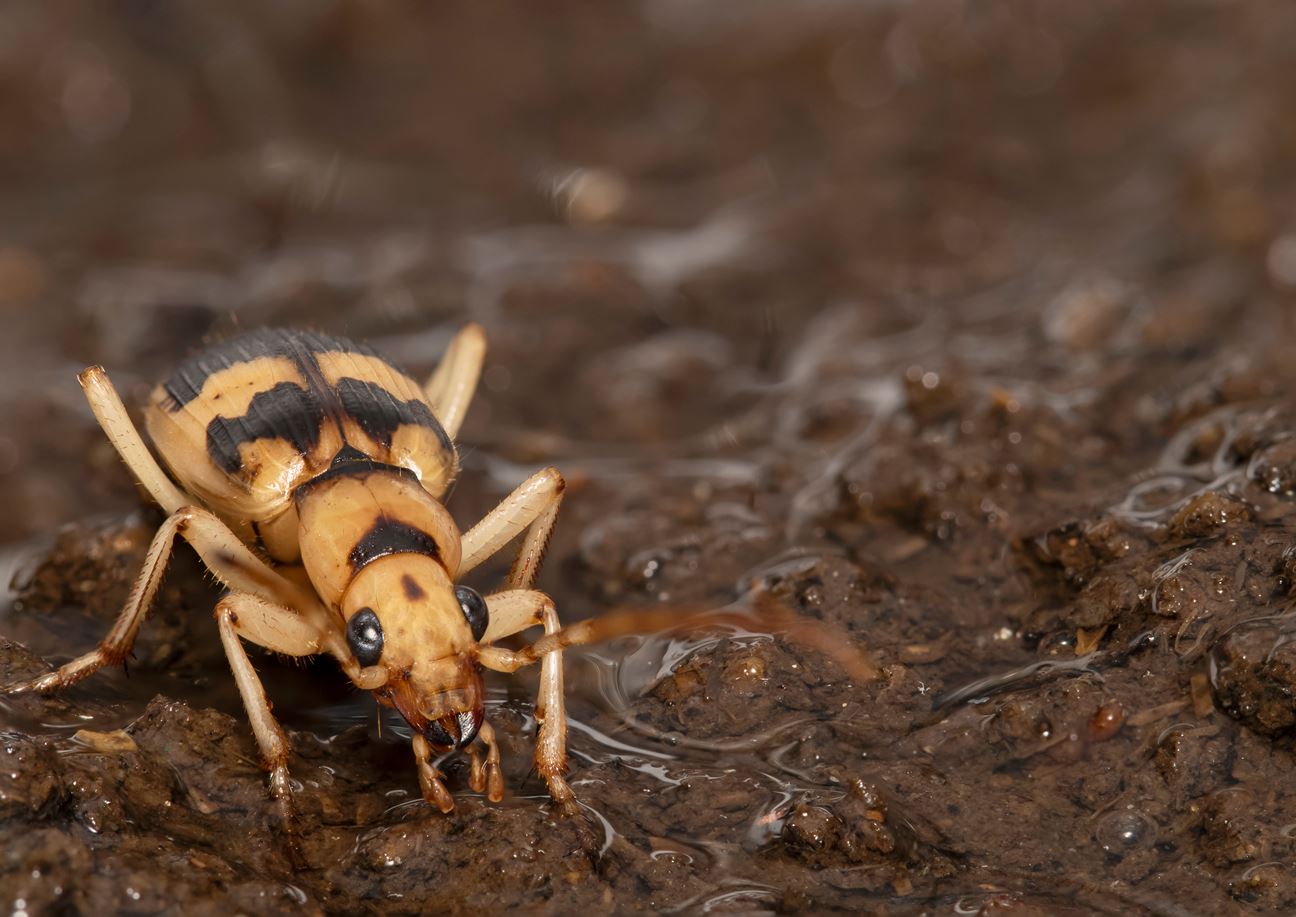
- Bombardier beetles spray a hot toxic liquid accurately on their predators. It doesn’t only stink like that of a stink bug, but the chemical liquid of hydroquinones and hydrogen peroxide can do serious damage to the attacker.

- Hagfish look similar to eels, but they have this amazing defence mechanism. When the fish is threatened, it excretes slime through its pores. The slime mixes with the water around and expands into a cloud, which traps or suffocates the predator by clogging its gills. On most occasions, the hagfish is immediately spat out and is unharmed. However, this slime isn’t infinite! Its slime glands take 3–4 weeks to refill, hence the fish might get in danger in that period.

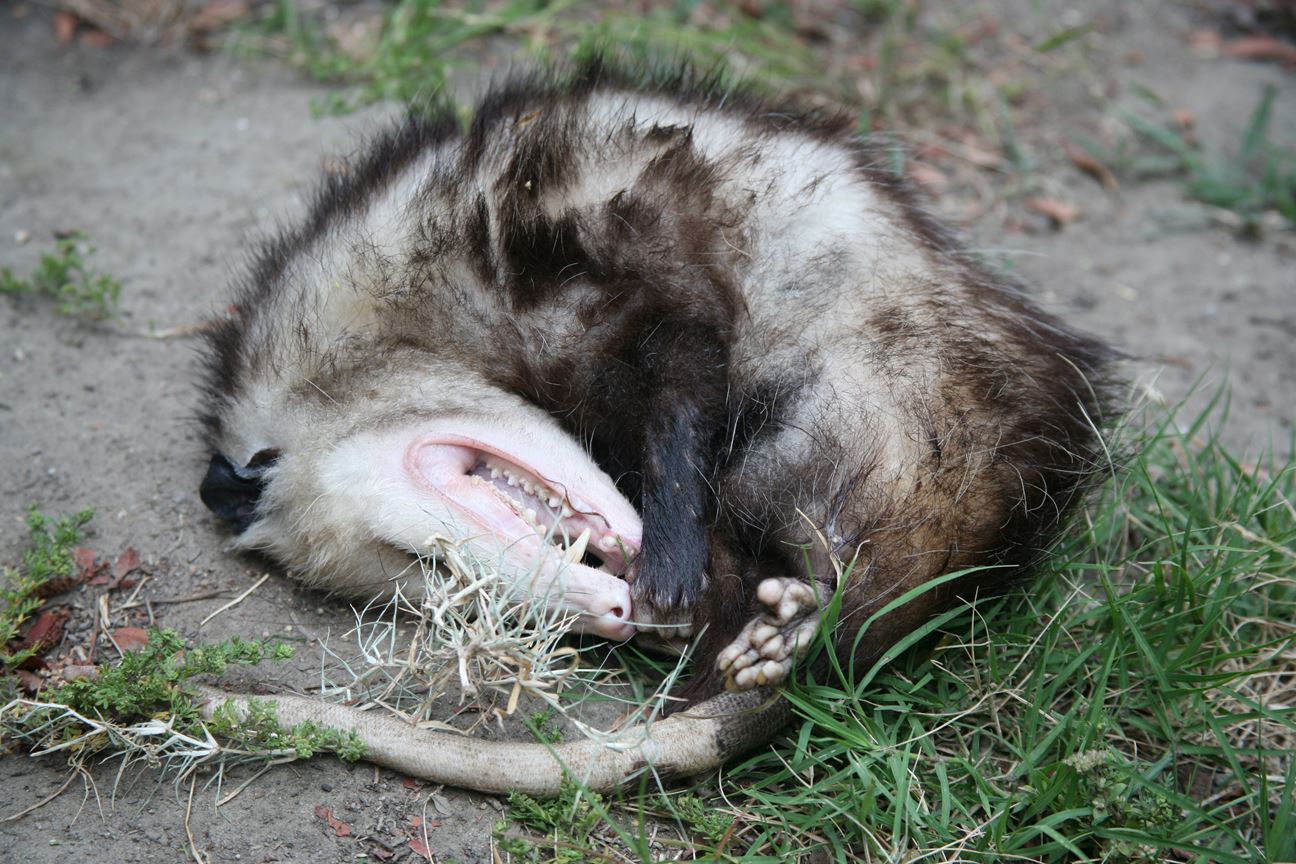
- Playing dead is another mechanism in the animal world. An Opossum curls up for several hours to prove that it actually is dead when threatened. Their acting is supported with a corpse-like smell that it emits out. This act deters the predators as it’s plain unappetising!
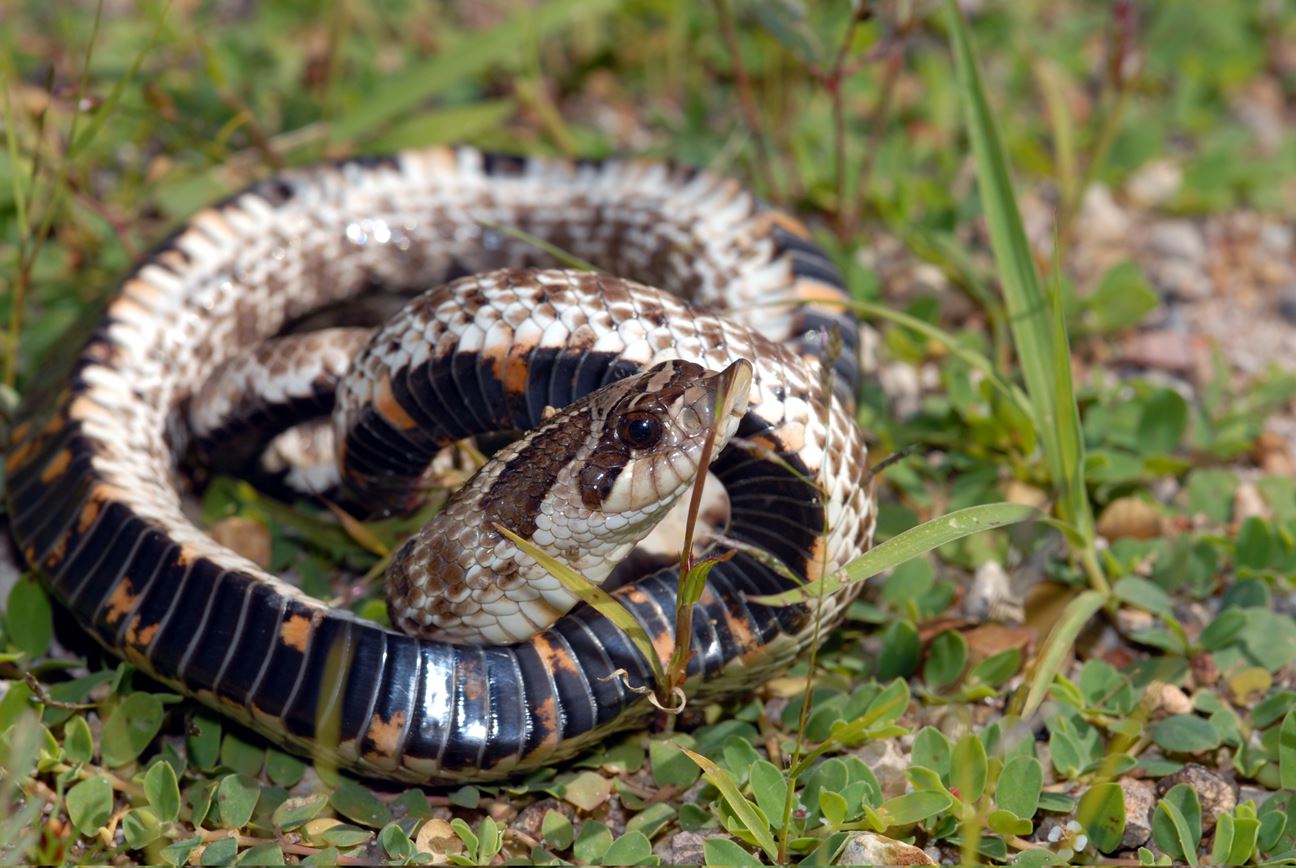
- Western Hognose snakes take this ‘playing possum’ game way too seriously. They’re the drama queens of the serpent world! They turn upside down pretending to be dead and secrete a foul-smelling liquid which deters their predators. The funniest part is, even if you pick it up and place it down, it’ll immediately get upside down and continue its drama. It is determined to convince its death!
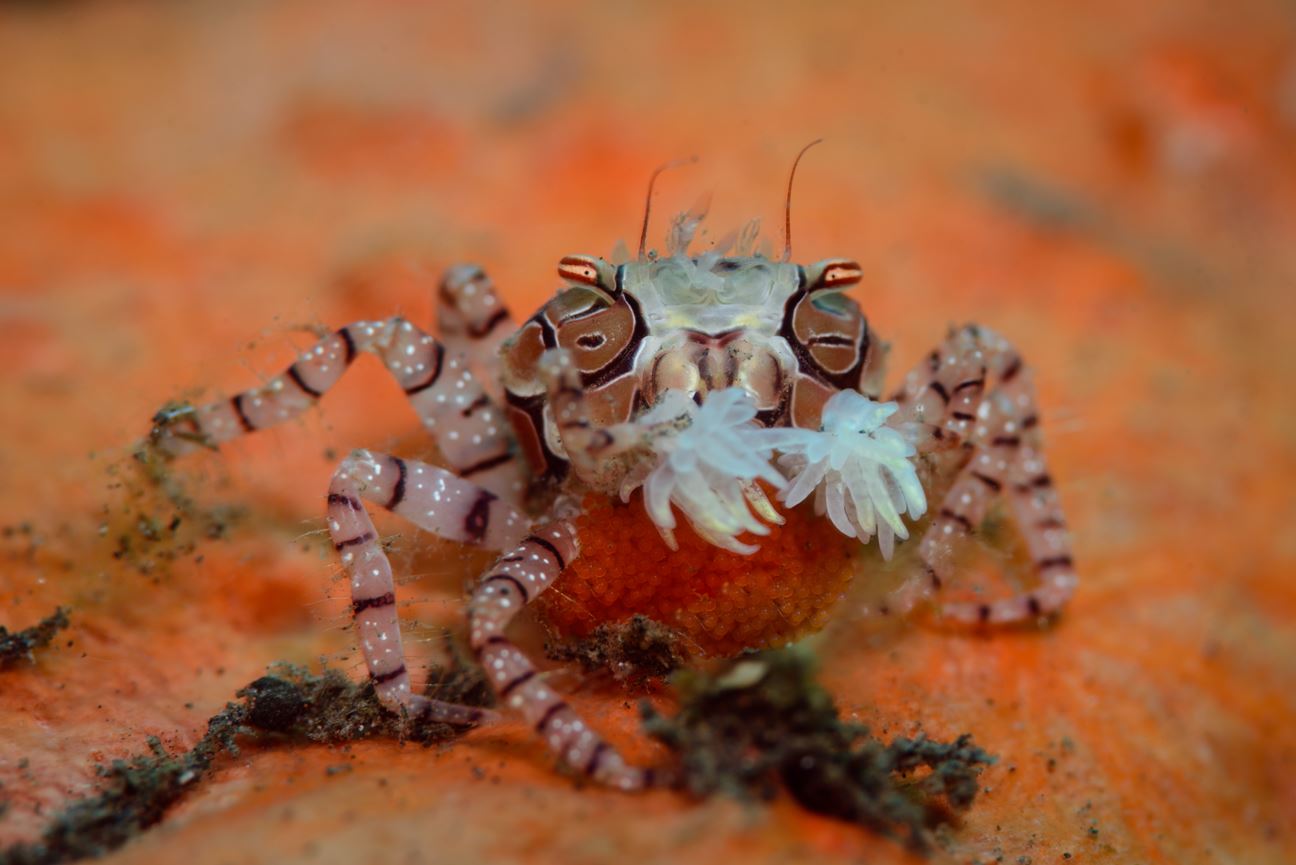
- Boxer crabs are smart workers. They use corals or sea anemones as boxing gloves against their predators. The gloves are poisonous and pack a powerful sting which keeps the crab safe and in return, the sea anemones get a free ride and access to more food.
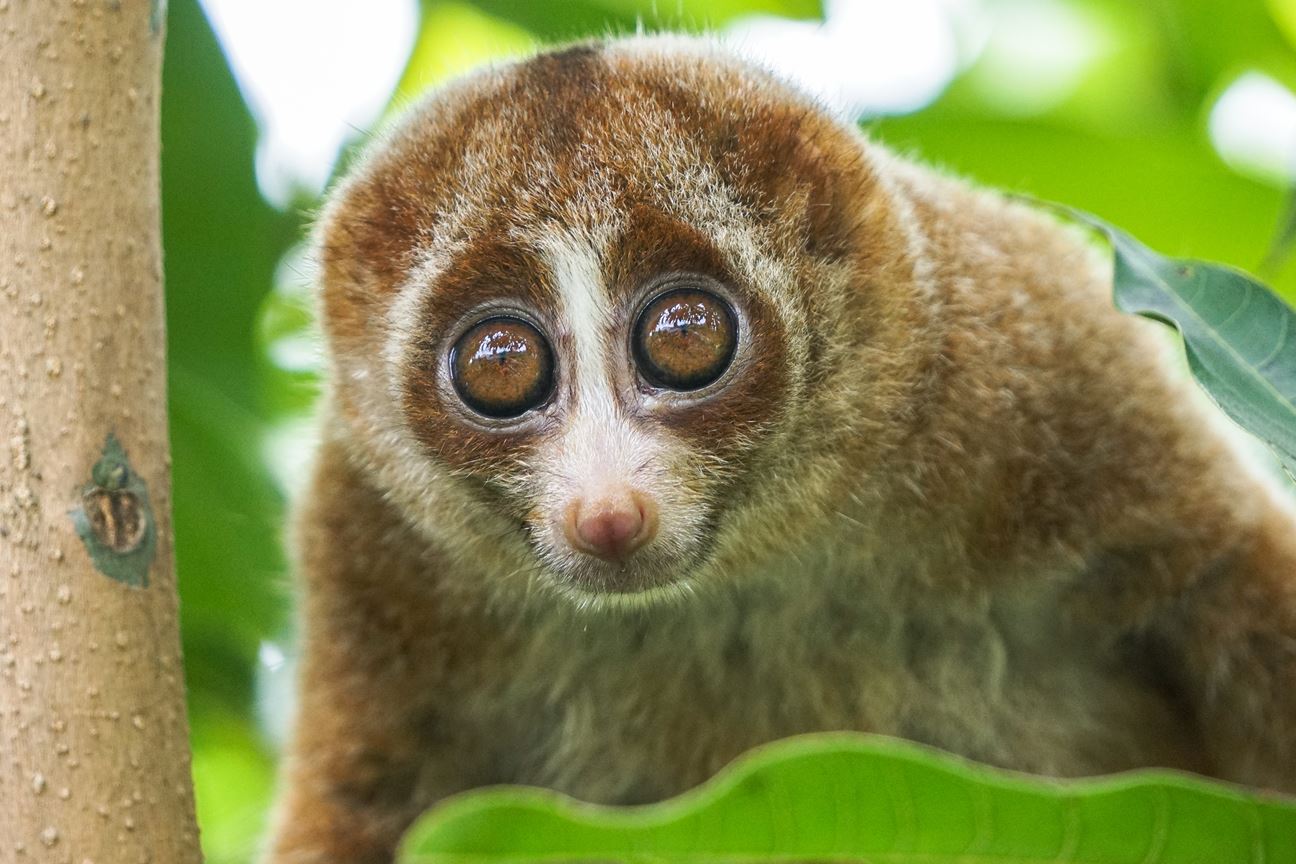
- The cute animal, Slow Loris, produces a poison from a gland in its inner arms. When threatened, it puts its paws on its head and hisses similar to a cobra. If threatened more, it will suck the venom from its armpits and strike easily. Their bites also have proved to be fatal to humans.
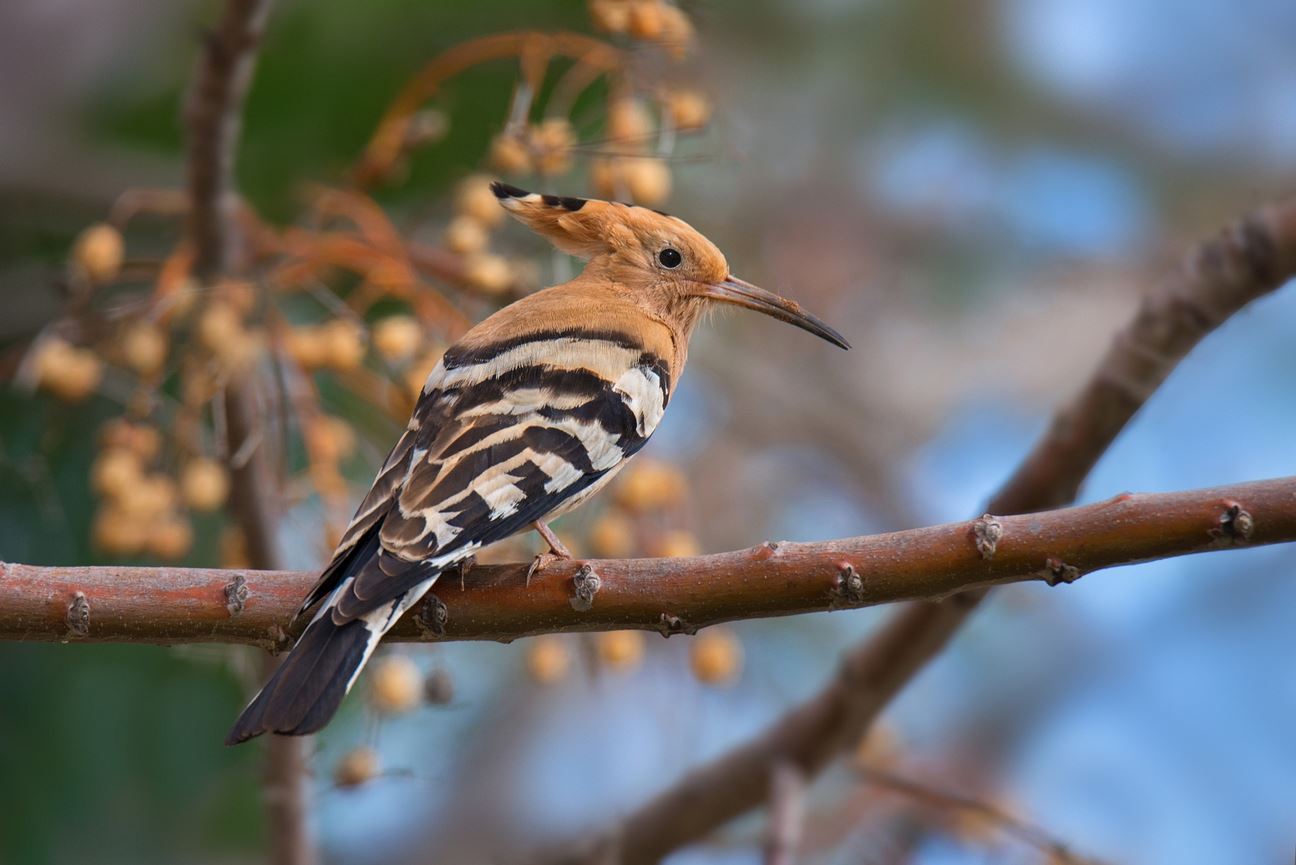
- The little birdie Hoopoe actually squirts faecal substances on the predator as soon as it suspects danger. The female also covers herself and her eggs in a thick brown liquid that smells like rotten meat, which acts as a great repellent.
- Talking about faeces, the potato beetle and some other beetle larvae make a thick and toxic poop-shield around them to protect themselves.
- The Desert Rain Frog makes a high-pitched squeaking sound when provoked. The cute little frogs make this unbearable sound to ward off predators.
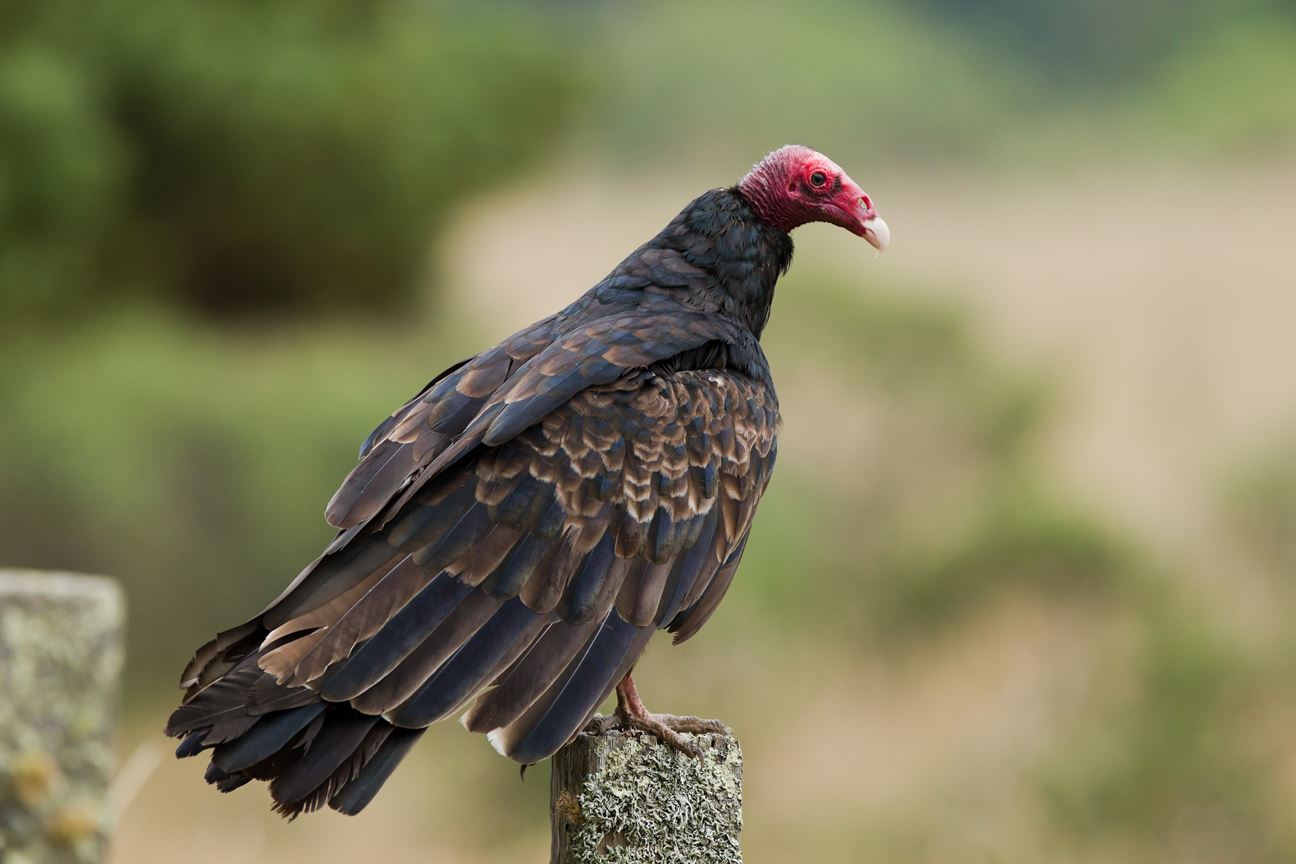
- The Turkey Vulture may have very few predators, but it sure knows how to keep them away. When attacked, it will vomit the undigested meat in its stomach. The vomit is not only foul-smelling but also may sting to the predator.
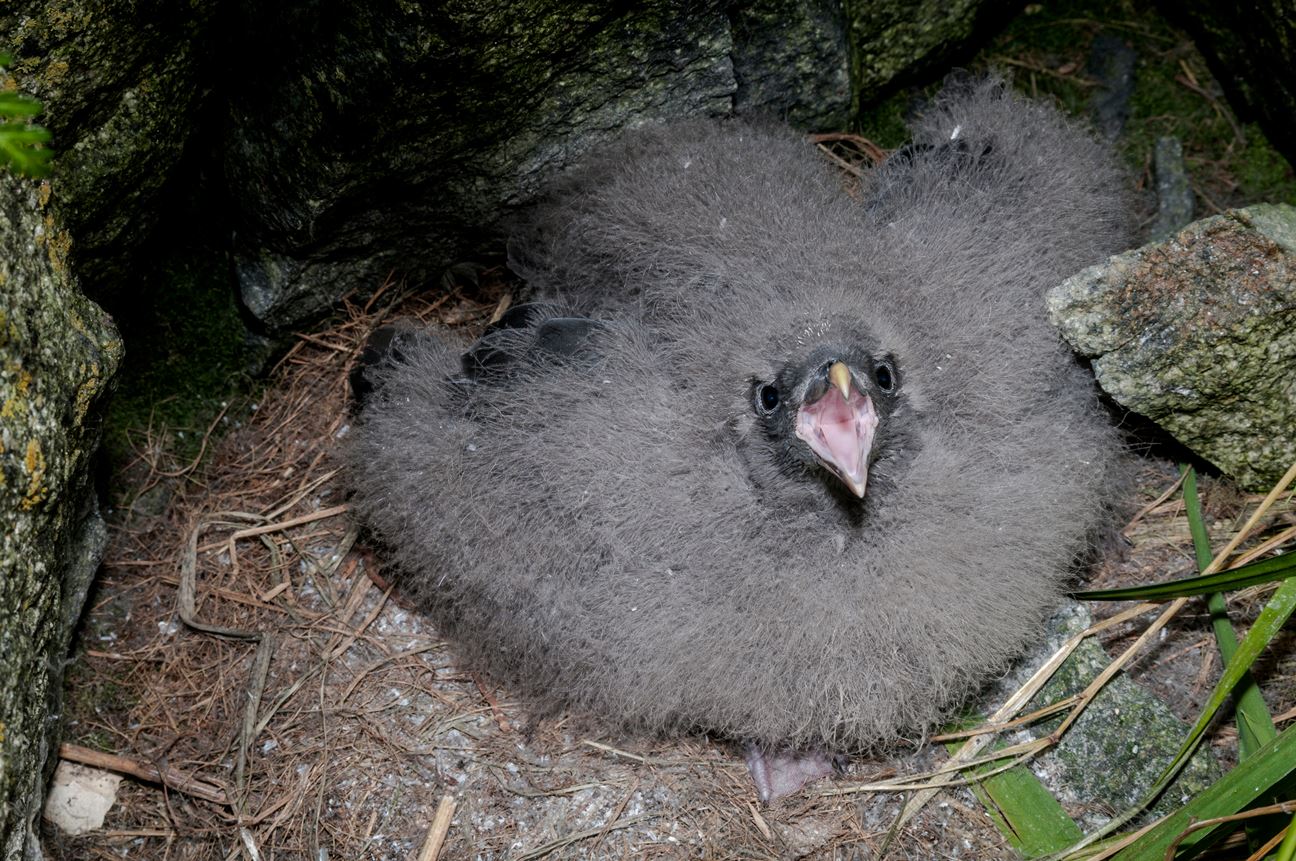
- Similarly, the innocent-looking Northern Fulmar chicks can protect themselves by projectile vomiting on the predators. Their vomit consists of stinky oil which can actually mat the predator’s feathers and trap them.
Now we know the diverse animal defence mechanisms and their ‘talents’. It’s never a good idea to mess with wildlife, and now we’ve got enough reasons to not do so!